As recent world events have shown us, the healthcare industry is unlike any other. Medical and administrative staff work under intense conditions that can change in a split second. They have to be flexible and adapt quickly, because their primary goal—patient care—is more than just a service. Lives hang in the balance.
For healthcare employees, technology can be their greatest ally. On occasion, it can also be a frustrating obstacle. Like when a nurse urgently needs a patient’s chart, but print jobs keep vanishing from their EMR application. Or when an essential secure printing workflow is confusing and unreliable.
There’s a solution for EMR printing
Many companies in this field have turned to PrinterLogic for help improving their existing healthcare printing solutions and streamlining their printing process. Here are just a few:
- Panama City Surgery Center
- Physician Partners of America
- Ohio Health
- Orthopedic Institute of New Jersey
- EPIC Management, LLP
Based on our case studies with those healthcare organizations, we’ve identified the most common printing issues that they faced. Read on to see what they are. And to discover how PrinterLogic provided them with a superior print-management solution that empowers their employees and IT staff.
Healthcare printing challenges
Healthcare organizations have a tendency to run into the same kinds of issues. Here, we’ll give you a rundown of what they are (and how to solve for them).
- Distributed print environments. These can be tough to manage. Plenty of healthcare organizations have multiple sites: hospitals, clinics, specialist care centers, admin offices and so on. On top of managing a printer fleet that’s spread out across these locations, the IT department has to grapple with staff mobility. Print access is always in flux. So the challenge is more than managing printers. It’s managing users’ ability to print to them as well.
- Limited visibility into the print environment. To be truly efficient, IT has to have a solid fix on everything from the printer fleet to individual print jobs. But poor print-management software can cloud the window into the print environment. Conventional healthcare printing solutions don’t have the monitoring, auditing and reporting capabilities necessary to increase transparency without investing a ton of effort.
- Adding new printers is tedious. In a distributed print environment with limited visibility, simply adding a new printer can be time-consuming. Print servers don’t help matters. Users have to know how to map a new printer, or they have to call the helpdesk and file a support ticket. EMR applications and virtual solutions can add even more layers of complexity to routine print management.
- Compatibility issues with EMR/EHR. Software solutions like Cerner, Epic and MEDITECH are absolutely vital when dealing with confidential patient documents. Yet they also add one more variable to the print environment that can conflict with day-to-day printing processes as well as secure printing workflows. Some even require print servers, which only creates more print infrastructure to operate.
PrinterLogic solves healthcare printing issues
The case studies linked above are proof of how pervasive these issues are across the healthcare industry. They also highlight why PrinterLogic is effective at solving all of them at once.
- Ease of management: You can’t provide an outstanding printing solution without also having outstanding print-management software. PrinterLogic’s web-based admin console makes it easy for IT staff to view and manage printers anywhere in the organization.
- Incredible transparency: PrinterLogic’s advanced reporting capabilities allow admins to track print jobs and audit print-related activity down to the user or device levels. In addition to recording how patient information is being printed, reporting can be used as a basis for cost-saving initiatives.
- Simple printer installation: Admins can deploy printers quickly and precisely with PrinterLogic—and better still, without using GPOs or scripts. Via PrinterLogic’s self-service printer installation portal, end users can install printers themselves. That’s invaluable in fluid healthcare environments.
- Seamless EMR/EHR integration: PrinterLogic works right alongside EHR applications to ensure reliable printing while keeping patient information private. And though PrinterLogic is a serverless print infrastructure, it also enhances the print management of software solutions like MEDITECH, which require print servers.
A further advantage of PrinterLogic is how easily it improves secure printing. Healthcare documents are subject to stringent HIPAA regulations. Organizations are compelled to adopt features like secure print release or pull printing as a result.
PrinterLogic enables those organizations to extend user-friendly secure release printing to any network printer. Plus its direct IP architecture keeps print jobs safely on the local network—even when using cloud-based PrinterLogic SaaS.
No matter how distributed, dynamic or diverse your print environment is, there’s nothing that PrinterLogic can�’t handle. Through its centrally managed direct-IP printing, PrinterLogic stands out among healthcare printing solutions in the way that it brings simplicity, control and flexibility to even the most demanding environments.

